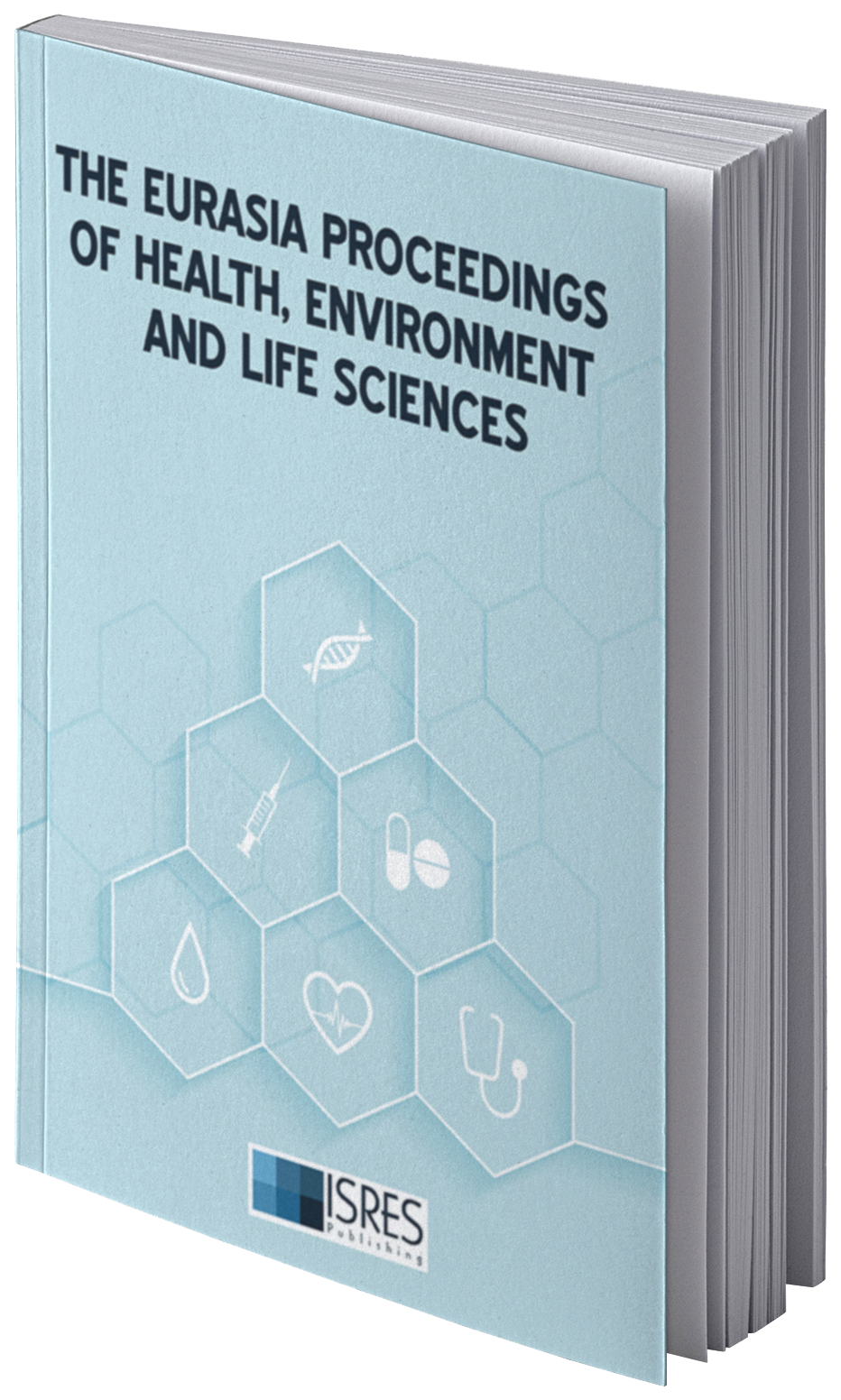Preparation and In Vitro Evaluation of Daidzein-Loaded Nanoparticulate Systems
DOI:
https://doi.org/10.55549/ephels.16Abstract
Daidzein is a water-insoluble phytoestrogenic isoflavone of the Leguminosae family, mainly found in soy and soy-derived foods. Daidzein has a broad spectrum of physiological and pharmacological functions. It has anti-cancer, anti-inflammatory, antioxidant, enzyme inhibitor properties and causes a decrease in low-density lipoprotein levels. Glioblastoma Multiforme (GBM) is the most common, rapidly progressing, and fatal primary brain tumor. It accounts for more than 51% of all gliomas. For this reason, much scientific research is being done to treat brain tumors. This study aims to prepare daidzein-loaded PLGA and PLGA-Gelucire® 44/14 nanoparticles for the treatment of GBM and to evaluate their characteristics, neurotoxicity, and cytotoxicity in vitro. The PLGA and PLGA-Gelucire® 44/14 nanoparticles were prepared by using the non-modified and modified emulsion-solvent diffusion method. The surface morphology, particle size, zeta potential (ZP), encapsulation efficiency (EE) and in vitro release characteristics of nanoparticles were investigated. Furthermore, FT-IR, DSC and SEM were used to characterize these systems. The neurotoxicity on neurons and cytotoxicity against the U-87 MG cell line of the chosen optimum nanoparticle formulations were evaluated. The mean particle size and ZP values of all prepared nanoparticles were a range of 198.52±7.04-672.78±70.95 nm (p≥0.05) and -14.70±0.36--0.50±0.34 mV (p≥0.05), respectively. SEM images of nanoparticles revealed their approximately spherical shape. The EE % values of nanoparticles were a range of % 35.79±3.43-84.85±2.20 (p≥0.05). The cumulative daidzein release from daidzein-loaded nanoparticle formulations was up to about 100 % at 19-37 days of release. It was found that the prepared nanoparticulate systems reduced the neurotoxic effects of daidzein and showed similar cytotoxic effects to those of daidzein (p>0.05). The prepared nanoparticles are useful and promising systems for sustained release of daidzein, reduction of the neurotoxic effects of daidzein at high doses (200 μM and 300 μM) and maintaining of its cytotoxic activity against cancer cells.References
Sevinc-Ozakar, R., Cetin, M., Taghizadehghalehjoughi, A., & Hacimuftuoglu, A. (2021). Preparation and in vitro evaluation of daidzein-loaded nanoparticulate systems. The Eurasia Proceedings of Health, Environment and Life Sciences (EPHELS), 3, 1-12.
Downloads
Published
2022-02-16
Issue
Section
Articles
License
The articles may be used for research, teaching, and private study purposes. Any substantial or systematic reproduction, redistribution, reselling, loan, sub-licensing, systematic supply, or distribution in any form to anyone is expressly forbidden. Authors alone are responsible for the contents of their articles. The journal owns the copyright of the articles. The publisher shall not be liable for any loss, actions, claims, proceedings, demand, or costs or damages whatsoever or howsoever caused arising directly or indirectly in connection with or arising out of the use of the research material. All authors are requested to disclose any actual or potential conflict of interest including any financial, personal or other relationships with other people or organizations regarding the submitted work.How to Cite
Preparation and In Vitro Evaluation of Daidzein-Loaded Nanoparticulate Systems. (2022). The Eurasia Proceedings of Health, Environment and Life Sciences, 3, 1-12. https://doi.org/10.55549/ephels.16




